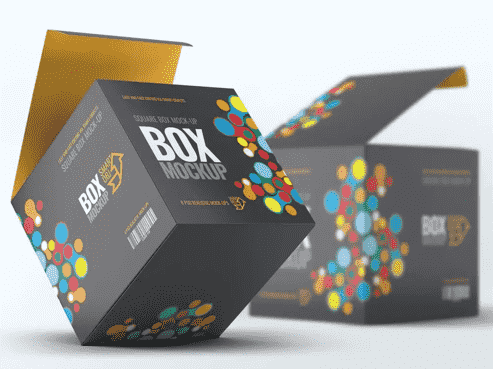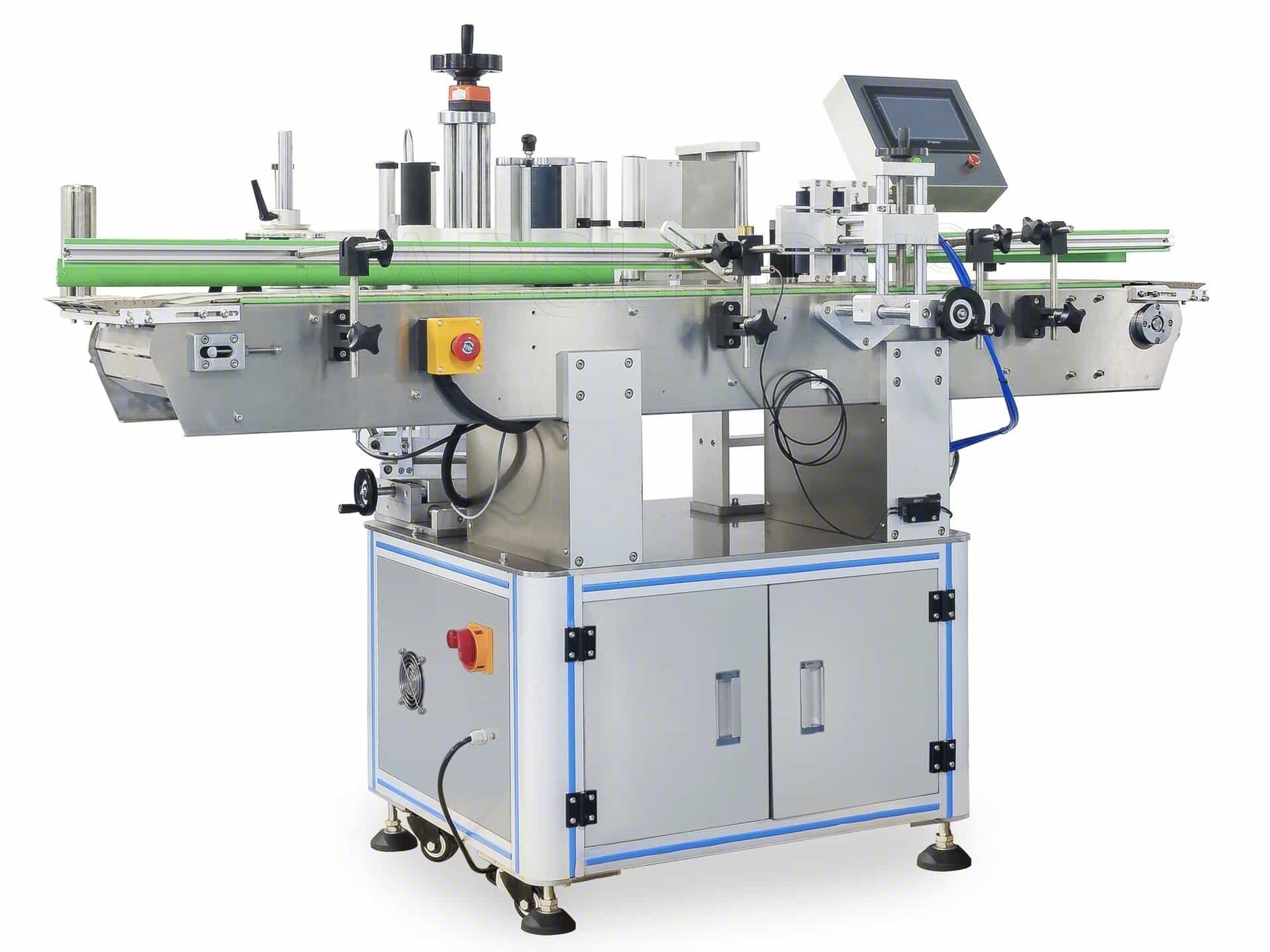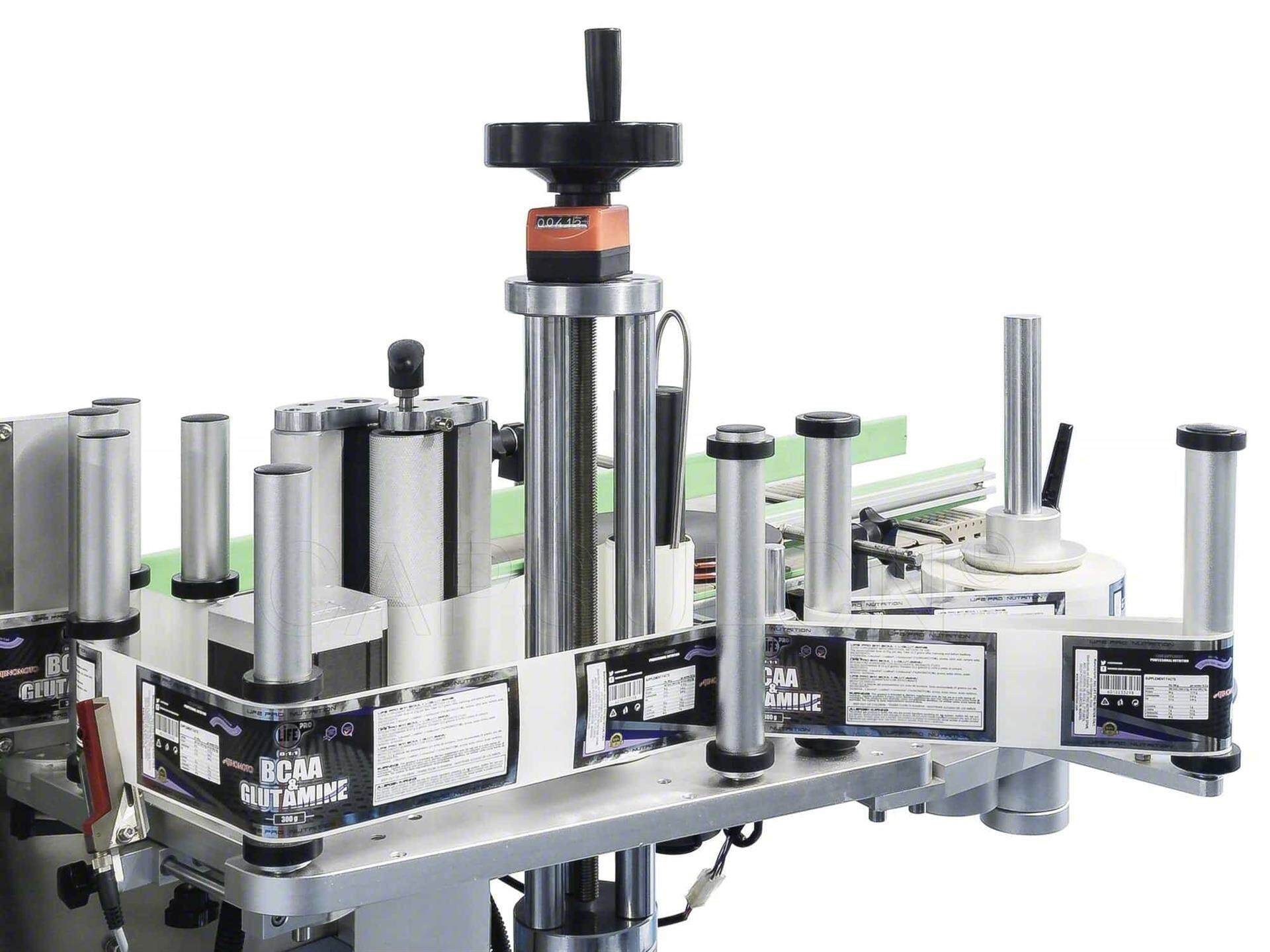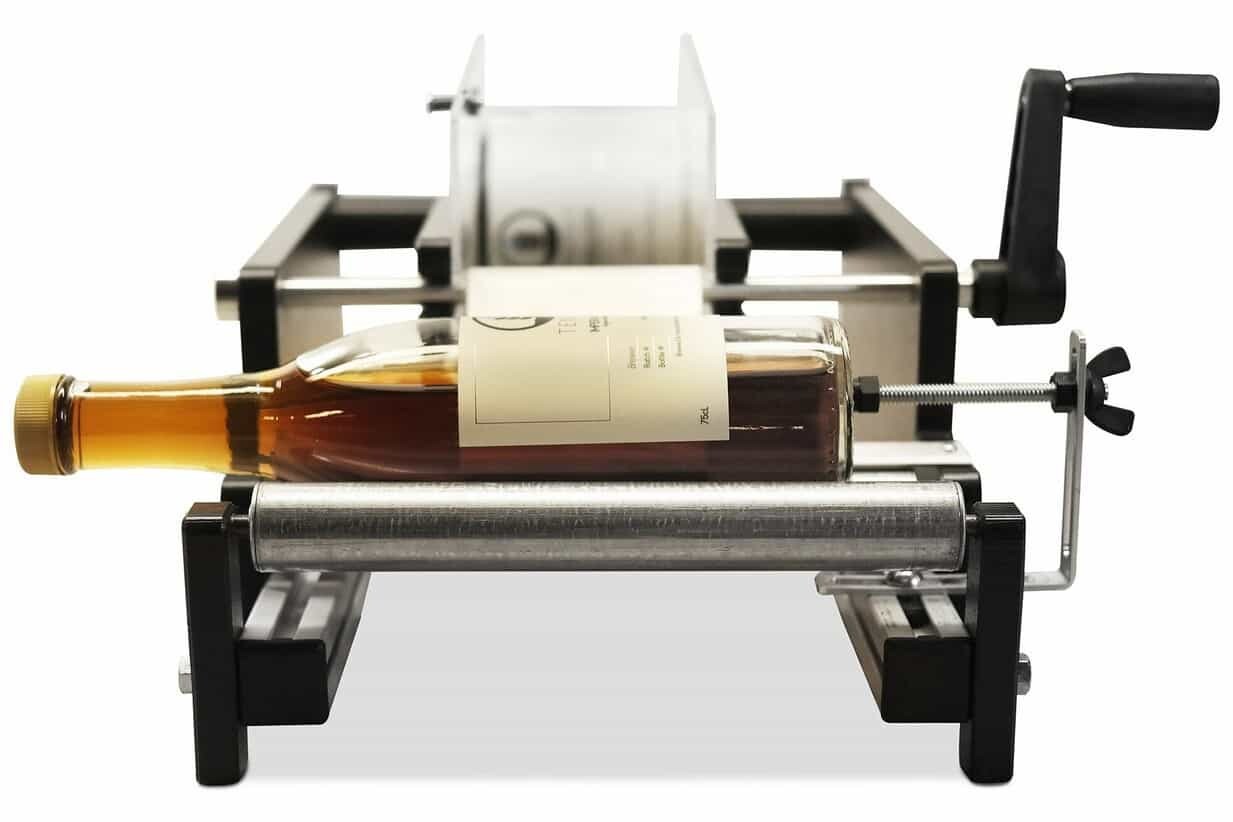Major Types of Labeling Machines and Their Applications
One significant benefit of packaging is providing essential information about your product and making it stand out in the market. However, when you need to modify the product information from time to time, it can be a costly move to replace the whole packaging. Let's share a cost-effective alternative with you - Go buy one labeling machine.
Labeling Vs. Packaging - Compare Side by Side


Someone might question why I have to break the bank to buy a new machine rather than just changing the packaging. Here's a comparison table of labeling and direct printing on packaging. After reading it, you'll know why a labeling machine will benefit your business in the long run.
|
Criteria |
Labeling |
Direct Printing on Packaging |
|
Cost-Efficiency |
More budget-friendly option, especially when frequent changes are required. |
Can be costlier since the printing on the packaging has to altered. |
|
Flexibility |
More flexible. Allows for easy modifications or updates without replacing packaging. |
Limited flexibility. Packaging redesign and reprinting may be required. |
|
Rapid Response to Changes |
Labels can be produced faster in case of sudden changes take place. |
New packaging production may take longer and requires adjustments to the manufacturing process. |
|
Ease of Application |
Labels can be easily and quickly applied to existing packaging. |
Printing on packaging requires specialized printing equipment and processes. |
|
Branding Opportunities |
Provides additional branding opportunities due to flexibility and customization. |
Limited to the design space available on the packaging. |
|
Adaptability for Markets |
Easier to adapt to different regulatory requirements or market changes. |
May require redesigning for compliance with different regulations. |
|
Environmental Impact |
Labels can be produced separately, allowing for more sustainable options and recycling. |
Direct printing may limit sustainability options and recycling potential. |
What is a Labeling Machine, and How Does it Work?

Want to know what a labeling machine is? Simply put, it is a type of mechanical device used to attach labels to products or packaging. These systems are available in many different designs and configurations. This makes them widely used in diverse manufacturing facilities. Using a labeling machine can enhance labeling precision and efficiency.

The working principle of a label machine is quite straightforward. A label roll is loaded and threaded on the labeling machine. The labeler dispenses and applies labels to the product. Depending on the specific labeling need, a label machine can be equipped with a print and label system. This system is used to print the label with additional information before it is attached to the product.
What Are the Different Types of Labeling Machines?
Now you know what a labeling machine is and how it works. So, how do you select a machine that best suits you? The first step is to figure out the types of labeling machines. Labelers can be classified into different types based on several factors.
3 Types of Labeling Machines According to the Degree of Automation
On the basis of this factor, labeling machines are available in three types. They are manual, semi-automatic, and fully automatic labeling machines.
Manual Labeling Machine

A manual labeler is a hand-operated device. This type of labeling machine typically does not run on electricity. After a label stock is threaded through the machine, an operator places the product or container to be labeled in position by hand. Then, the operator turns a handle mounted on the side of the machine to apply a label to the product.
Manual labeling machines are ideal for small-batch operations. These devices are easy to set up and operate thanks to their simple structure. Manual labelers are an economical option for labeling jars or bottles, either plastic or glass.
Semi-automatic Labeling Machine
In a semi-automatic labeling machine, the labeling process takes place automatically to some extent. Like manual labelers, semi-automatic options also require some manual involvement. This includes loading the label stock, threading the labeler, and placing the product. What's better than manual ones? Semi-automatic labeling machines initiate the labeling process by simply pressing down on a foot pedal switch.
Compared to manual labeling, these types of labeling machines work faster and manage higher production volumes. In addition, additional features may be available in these labelers, such as top & bottom labeling and code printing. They can be configured to label a broader range of products or containers other than bottles and jars, such as cartons and boxes.
Automatic Labeling Machine
In fact, no labeling machine can be considered a fully automated device. All labeling systems require an operator to insert a label stock into the machine and thread it manually. Of course, compared to manual and semi-automatic models, automatic labeling systems indeed automate the labeling process, from feeding and labeling to discharging.
An automatic labeling machine can either be a standalone or integrated into an existing packaging line. These labelers can label products in an intermittent or continuous motion. This makes them perfect for high-volume production of various products. Automatic labeling machines can also be built with additional features like detection and printing.
4 Types of Labeling Machines by Label Application Method
According to how labels are applied, these machines can be classified into side labeling machines, top & bottom labeling machines, wrap-around labeling machines, and corner wrap label applicators.
Side Labeling Machine
As the name implies, side labeling machines apply labels to the front, back, left, or right side of a product or packaging. These types of labeling machines can be engineered to label one, two, or even three sides of the product.

(Image Source: HERMA)
In a side labeling machine, labels are usually fed and dispensed in a vertical fashion. It typically attaches labels to containers that stand upright, such as square and flat bottles, boxes, and cartons. Side labeling machines can perform both flat and curved surface labeling. These machines are often automated systems that are integrated into packaging lines.
Top & Bottom Labeling Machine
Like side labelers, top & bottom labeling machines are often automated devices. They are responsible for affixing labels to the top and bottom surfaces of your product or container at the same time. These machines typically handle relatively flat packaging, such as jars, cans, boxes, and clamshells. Opposite to side labeling, top & bottom labelers dispense and apply labels in a horizontal motion.
Apart from the type for both-side labeling, there are top labelers and bottom labelers available. These types of labeling machines are also known as flat labeling machines. You can choose the one depending on your specific needs. These label application machines are a flexible addition to your existing production line.
Wrap-around Labeling Machine
If you're handling round bottles and jars, wrap-around labeling machines are an ideal option. This type of labeler applies labels to the circumference of the product. It keeps a container, for example, a bottle, rotating along with the belt applicator when the bottle passes through on the conveyor. The belt applicator and conveyor run at the same speed and work together to affix a label with 360-degree coverage to the bottle.
Wrap-around labeling is the most popular label application method in the cylindrical container market. The machines can be compatible with a broad range of packaging materials, from plastic and glass to paperboard and metal.
Corner Wrap Label Applicator
Corner wrap label applicators can be considered a specialized labeling system. These types of labeling machines are designed to apply a label to the adjacent panels of a container. To create such a unique label, most corner wrap labelers feature a tamp pad mounted on a swing arm. The tamp pad applies a partial label to the front panel of the packaging. Then, the pad swings back to allow the corner and the adjacent surface of the packaging to be wrapped with the remaining part of the label.

(Image Source: Markem-Imaje)
Corner wrap label applications are ideal for cartons and boxes that require tamper-evident labeling. These labels help to ensure the safety of the product inside the packaging. Meanwhile, they provide consumers with evidence of whether the product has been tampered with.
Takeaways
Since label application is an essential step in the packaging process, a multitude of machine options are available in the market. Except for the classifications we mentioned above, there are types of labeling machines based on the label type (pressure-sensitive, shrink sleeve, and cut and stack), container type (round, flat, oval, and square), industry application (pharmaceutical, food and beverage, and cosmetics), and other factors.
Overwhelmed with options? Seek valuable assistance from a packaging expert like iPharMachine.
Leave your comment
Also Offers


Containment Automatic Capsule Filling Machine SFK-703

Fully Automatic Dosator Capsule Filling Machine CZ-40

Our Team
As an expert in the pharmaceutical and pharmaceutical packaging industry, iPharMachine has provided solutions for hundreds of pharmaceutical and health product manufacturers for 17 years. By visiting customers, we get good reviews from our customers.
- info@ipharmachine.com
- English Español Deutsche







